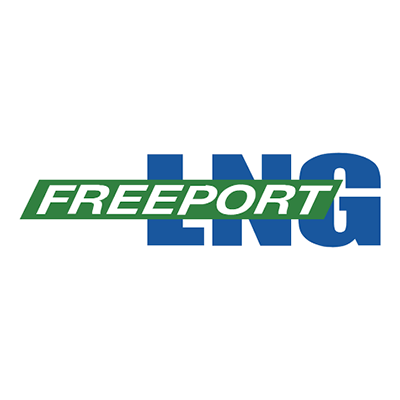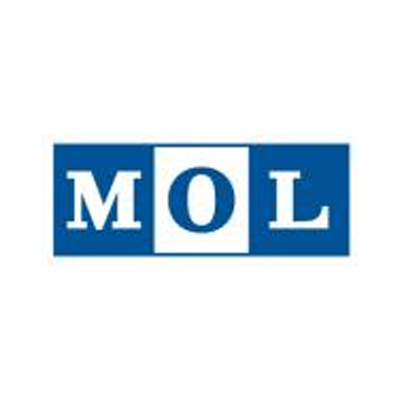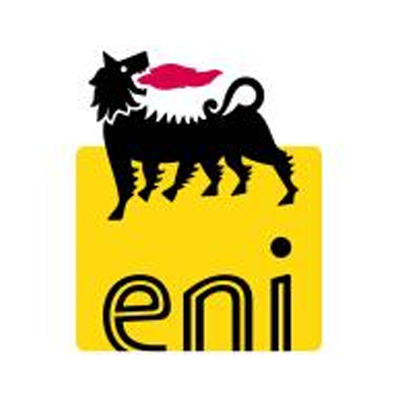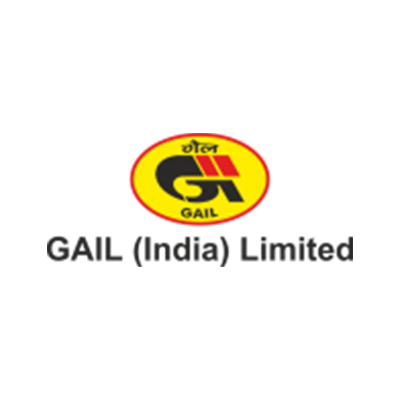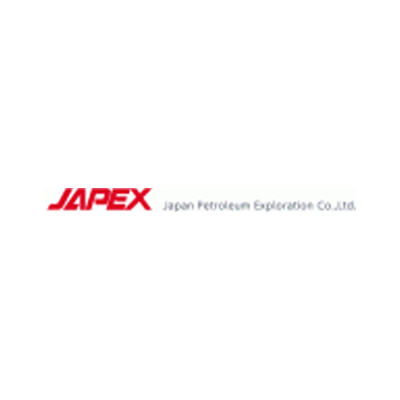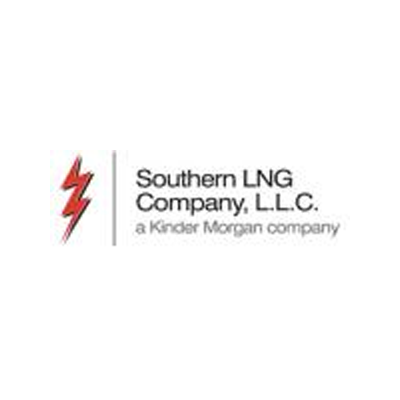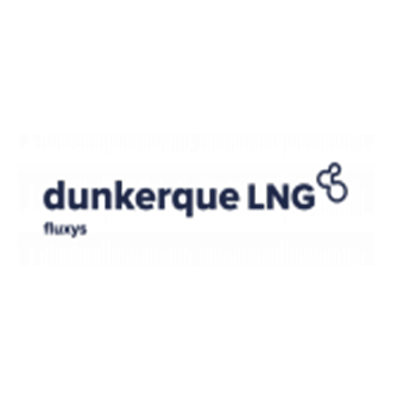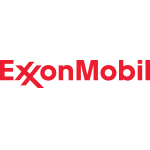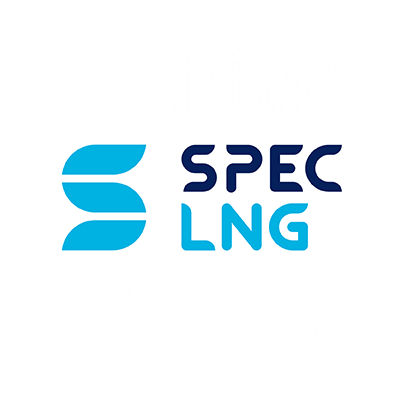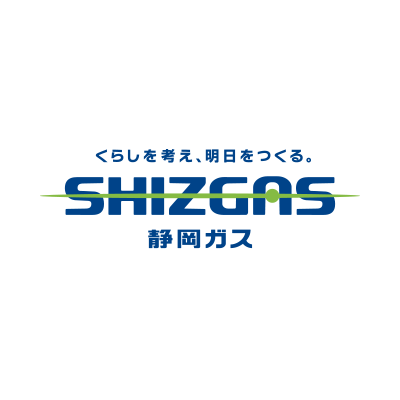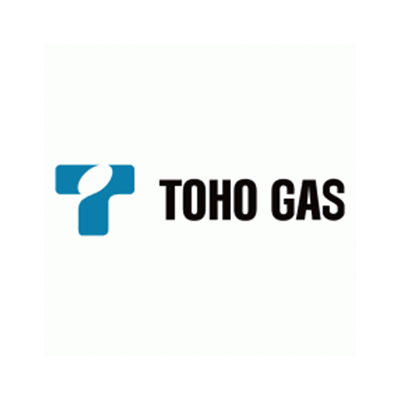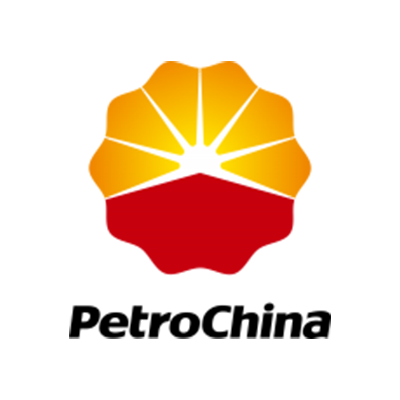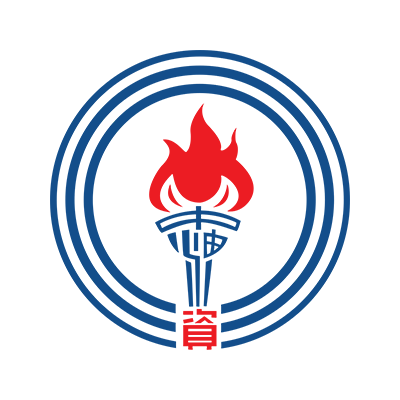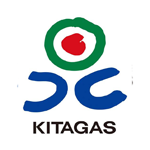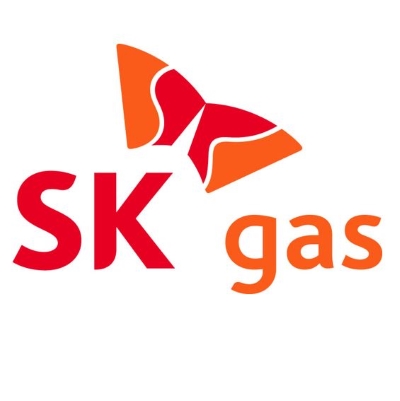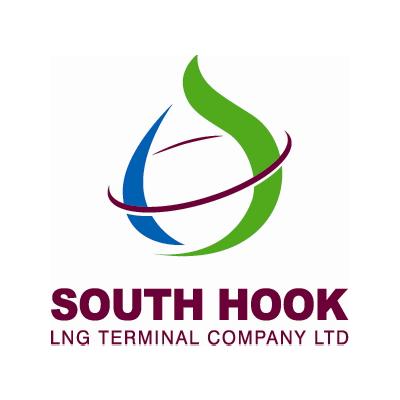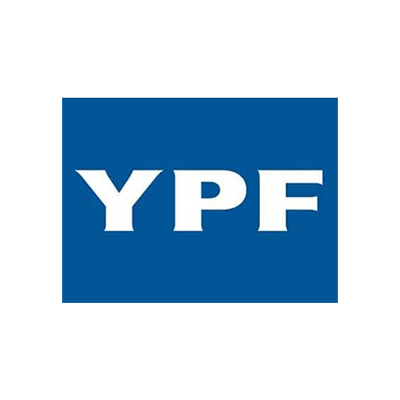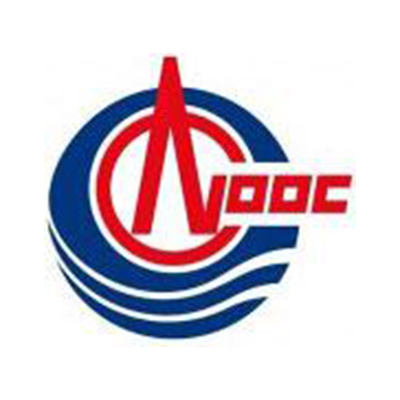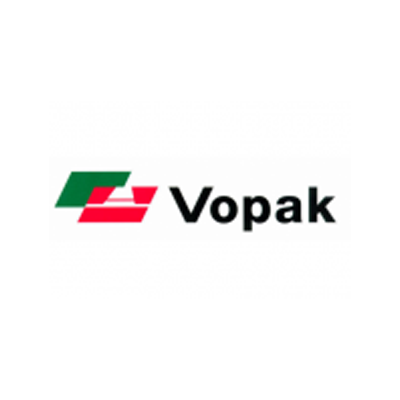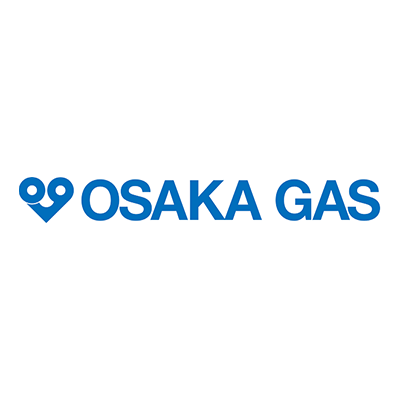FAQ
Please find below the most frequently asked questions regarding the GIIGNL, LNG (liquefied natural gas), its industry and the safety rules and orther regulations governing it.
Please find below the most frequently asked questions regarding the GIIGNL, LNG (liquefied natural gas), its industry and the safety rules and orther regulations governing it.
GIIGNL is a non-profit organisation whose objective is to promote the development of activities related to LNG: purchasing, importing, processing, transportation, handling, re-gasification and its various uses.
To become a member of GIIGNL, you must meet the eligibility criteria as described in GIIGNL’s by-laws.
If you meet the membership criteria, please fill an application form and return it to the central-office of GIIGNL at central-office@giignl.org. Your application will be reviewed and submitted to the Executive Committee of GIIGNL. The Executive Committee will then submit your application to the General Assembly – where you will be invited – for final approval by all members.
To contact a member of GIIGNL, please scroll through our members directory in “Our Members”. You may also contact the GIIGNL Central-Office directly in case of specific requests.
LNG stands for Liquefied Natural Gas.
In French, Spanish, Portuguese, or Italian-speaking countries, the abbreviation GNL is used in place of LNG. Natural gas comes from deep in the earth and is extracted through specially-drilled wells. It comes to the surface either as gas or in association with oil. Natural gas at the well head is made up of many constituents including methane, propane, ethane, butane, pentanes, nitrogen, water, and other impurities. The gas is processed at a gas processing plant where most of the impurities and water are removed. Then the natural gas is sent to a liquefaction plant, where additional gas processing removes the rest of the water vapour, other impurities such as mercury, sulphur compounds, and carbon dioxide from the gas. A refrigeration process turns the gas into a liquid. LNG is predominantly methane, with small amounts of ethane, propane and perhaps some butane. LNG appears as a colourless, odourless clear fluid, with about half the density of water. It is generally handled at slightly above atmospheric pressure in large bulk storage tanks and at around 4.5 bar when carried by truck. The temperature of LNG is typically -162°C (-259°F), which is a very low or cryogenic temperature.
The conversion to a liquid reduces the volume of natural gas by about 600 to 1, which means one LNG ship can transport enough LNG to equal 600 ships carrying natural gas at atmospheric pressure. Liquefying natural gas makes it feasible to transport natural gas in bulk and to store it in preparation for vaporisation and supply into pipelines.
Natural gas is cooled by a large refrigeration system. First, produced natural gas is processed to condition it for liquefaction by removing components which would freeze such as water vapour and carbon dioxide. In this processing step, other contaminants such as hydrogen sulphide and heavy metals are also removed. If commercially desired, heavier hydrocarbon liquids such as propane and butane are sometimes removed. The remaining natural gas, predominately methane with small amounts of ethane, propane and perhaps some butane, is then cooled by a refrigeration system working on the same basic principles as a refrigerator or an air conditioner. The main difference is the sheer scale of the plant used to produce LNG.
The LNG primarily comes from areas where large gas discoveries have been made, such as Algeria, Australia, Brunei, Egypt, Equatorial Guinea, Indonesia, Libya, Malaysia, Nigeria, Norway, Oman, Qatar, Trinidad, and the United Arab Emirates. Some LNG is produced in the US (Alaska) and Europe. For existing and potential import terminals, there is now an increasingly diverse choice of LNG supply sources.
In theory, LNG can be produced wherever natural gas is available. Domestically, pipeline natural gas is also liquefied and stored in peak-shaving facilities around the world (including the US, Europe, and Japan) as an alternative means of storing gas for future use, typically during periods of high, or peak, demand.
LNG import/export projects are based on the economics of surplus gas supplies at a low price at the source, reasonable transport distances at moderate costs, and demand at attractive prices at the destination. The resultant “gross margin” generated by this formula must be sufficient to provide a reasonable rate of return on the required capital investment. The gas surplus may be the result of a natural gas produced in conjunction with oil production (associated gas) or large “dry gas” discoveries (unassociated gas). In either case, the local market usually is too small to consume the production, and pipelines are uneconomical for delivering the gas to consuming regions. Thus the economic value is low or non-existent. For European countries and the US Atlantic Region, Algeria and Nigeria meet these criteria as major suppliers, as well as Trinidad for the US Gulf Coast Region. Depending on market prices, several existing exporters are available including Australia, Brunei, Indonesia, Malaysia, Oman, Peru, Qatar, Russia, Trinidad and the US, most of which supply LNG to Japan, Korea and Taiwan.
LNG is transported in large, specially-designed ships, known as LNG carriers. There are about 300 ships in the worldwide LNG fleet and about 100 more are on order. The cost of LNG ships today is between US$ 225-250 million for a 135,000 cubic metres (m3) carrier up to about US$ 300 million for the larger ships.
LNG ships have design features aimed at a high degree of safety. They are double-hulled and have ballast tanks separate from the cargo tanks. As the cargo is very cold, the cargo tanks are separated from the hull structure by thick insulation. There are from four to six separate cargo tanks. The two cargo tank designs commonly used are membrane tanks and spherical tanks.
The cross section of membrane tanks is essentially the same shape as the ship hull. The metal membrane inside the insulation provides the liquid containment, as does a redundant secondary barrier, should a failure occur to the primary barrier. The cargo hydrostatic and dynamic loads are carried by the insulation through to the hull structure external to the tank.
The spherical tank design incorporates freestanding insulated cargo tanks which are designed for liquid, vapour pressure (1.2 atmosphere absolute pressure or less), and dynamic loads. Spherical tanks are supported at the equator by cylindrical skirts to the hull. All ships carry their cargo at very low-pressure, usually less than 150 kPa (mbar) above atmosphere pressure.
As both designs have proved safe and reliable in service, the choice of cargo tank design is primarily based on economics, i.e., price, delivery schedule and shipyard idle capacity, rather than technical or performance criteria. Both major designs have evolved into a “standard” design with a capacity of 125,000 m3 to 175,000 m3 and a service speed of 18 to 20 knots. Typical dimensions are 270 to 290 metres (m) long and 40 to 49 m in width with a draft of about 11.5 m. Some new ships exceed 300 m in length and have a cargo capacity of up to about 267,000 m3.
LNG is transported by road to consumers from import terminals and liquefaction facilities, including peak-shaving facilities, in specially designed LNG road tankers in some countries, including Australia, Belgium, China, Germany, Japan, Korea, Portugal, Spain, Turkey, the UK and the US. These LNG road tankers are double-skinned with insulation in between and contain up to 20 tonnes of LNG.
Transportation via trucks allows the distribution of energy to areas which are far from established gas distribution networks, e.g., areas which do not have pipeline access because of poor economics or difficult terrain. For example, parts of Scotland are supplied by LNG road tankers because the mountains prevent the cost effective laying of pipelines. A growing market is based on the use of LNG as fuel for trucks and large commercial vehicles. A fuel station infrastructure for these vehicles is growing rapidly and is supplied by LNG road tankers.
Economies of scale exist in the liquefaction process. In some areas it is economical to use LNG import facilities as a central “hub”. Supplying multiple end-users via trucks has proven beneficial to all members of the energy supply chain.
LNG is stored and transported at cryogenic or extremely low temperatures (-162°C; -259°F) which can cause cold injuries upon contact with live tissue. The cryogenic temperatures also can cause brittle fracture when in contact with many materials, e.g., rubber or steel. In a confined space, displacement of air by natural gas (vaporised LNG) can result in there being insufficient oxygen to support life.
LNG (natural gas in liquid form) is primarily used as a fuel; therefore the vapours are flammable and will burn once mixed with the proper amount of air to support combustion. LNG in its liquid state will not burn. Vapours form when LNG goes from a liquid to a gas. In all normal circumstances, LNG warms and begins to boil (and evaporate) as soon as it is released outside its storage container. Therefore, LNG facilities and equipment are designed with special features to assure containment of the LNG and its vapours. When natural gas vapours burn, the fires are very hot; the radiant heat of LNG fires is considered the primary hazard.
LNG is not explosive in open air, toxic, carcinogenic or chemically reactive. It is flammable and will burn – which is its value as an energy source. If a leak or spill occurs, LNG vapours immediately begin absorbing heat from ambient air and soil, become lighter than air, rise and dissipate. If the vapours ignite, the flame speed of flammable vapours burning a cloud in the open air is relatively slow (about 4 metres per second).
Gasoline and fuel oil are more flammable and, in their liquid state and contain toxic components. If these hydrocarbons are spilled, unlike LNG, there will be an environmental impact. The extent and duration depend upon incident-specific conditions. LNG has comparatively fewer hazardous characteristics than some other common fuels.
LNG, which is a liquid, does not burn, because liquids do not contain enough oxygen to support combustion. However, LNG vapours are flammable in air, but only when they comprise between 5-15% of the air. If the fuel concentration is lower than 5% it cannot burn because of insufficient fuel. If the fuel concentration is higher than 15% it cannot burn because there is too much fuel relative to the oxygen. Therefore, the fire hazard of LNG is preconditioned on a combination of variables: the LNG being released, vaporising, then mixing with air in a very narrow gas to air ratio of 5-15%, and ultimately finding an ignition source.
Specific standards for terminals and ships have been developed and adopted in different parts of the world. For additional information on the regulations, codes and standards which apply to LNG ships, please refer to Information Paper No. 3. For additional information on the regulations, codes and industry standards which apply to LNG import terminals please refer to Information Paper No. 4.
In the US, the codes and regulations specific to LNG import facilities include:
– 49 CFR Part 193 – Liquefied Natural Gas Facilities: Federal Safety Standards;
– NFPA 59A – Standard for the Production, Storage, and Handling of Liquefied Natural Gas (LNG);
– 33 CFR Part 127 – Waterfront Facilities Handling Liquefied Natural Gas and Liquefied Hazardous Gas.
In Europe, the codes and regulations specific to LNG import facilities include:
– European Union (EU) Seveso II Council Directive 96/82/EC of 9 December 1996 – Control of Major-Accident Hazards involving Dangerous Substances;
– European Standard EN 1473 – Installation and Equipment for Liquefied Natural Gas – Design of Onshore Installations;
– EN 1532 Installation and Equipment for Liquefied natural gas – Ship to Shore Interface.
The following US standards may also be applied:
– NFPA 59A – Standard for the Production, Storage, and Handling of Liquefied Natural Gas (LNG);
– 33 CFR Part 127 – Waterfront Facilities Handling Liquefied Natural Gas and Liquefied Hazardous Gas.
The codes and regulations which apply internationally to LNG ships include:
– International Code for the Construction and Equipment of Ships Carrying Liquefied Gases in Bulk (the “IGC Code”);
– 46 CFR Parts 153, 154 and 157.
Various LNG operations are governed by different regulatory jurisdictions but all are covered by both regulations and codes. For example, in the US, a prime regulation governing the marine portion of an LNG import terminal is 33 CFR Part 127, Waterfront Facilities Handling Liquefied Natural Gas and Liquefied Hazardous Gas.
For marine operations, port authorities also have jurisdiction.
In the EU, the onshore terminals are under the jurisdiction of European Council. The main European regulation applicable to LNG import terminals and storage facilities is European Union Seveso II Council Directive 96/82/EC of 9 December 1996 on the Control of Major-accident Hazards involving Dangerous Substances.
Applying their own regulations derived from this Directive, national authorities of each European country have responsibility to issue a certificate to the facility and are the lead agency for review of environmental and safety concerns including public comment meetings and review procedures.
In Asia, specific standards have been developed for each area. The codes and regulations specific to LNG import facilities include:
– Gas Industry law, and
– Electricity Power Industry law.
Following the attacks on the US on September 11, 2001, the International Maritime Organisation (IMO) implemented a comprehensive security regime for international shipping which entered into force on July 1, 2004. The mandatory security measures, adopted in December 2002, include a number of amendments to the 1974 Safety of Life at Sea Convention (SOLAS), the most far-reaching of which implements the new International Ship and Port Facility Security Code (ISPS Code), which covers the whole port including any LNG facility therein. The ISPS Code contains detailed security-related requirements for Governments, port authorities and shipping companies in a mandatory section (Part A), together with a series of guidelines about how to meet these requirements in a second, non-mandatory section (Part B).
In addition to addressing security threats from terrorism, IMO is implementing an anti-piracy project, a long-term project which began in 1998. IMO’s aim has been to foster the development of regional agreements on the implementation of counter piracy measures. The Regional Cooperation Agreement on Combating Piracy and Armed Robbery against ships in Asia (RECAAP), which was concluded in November, 2004 by 16 countries in Asia, includes the RECAAP Information Sharing Centre (ISC) for facilitating the sharing of piracy-related information. In January, 2009, an important regional agreement was adopted in Djibouti by States in the region, at a high-level meeting convened by IMO. The Code of Conduct concerning the Repression of Piracy and Armed Robbery against Ships in the Western Indian Ocean and the Gulf of Aden recognizes the extent of the problem of piracy and armed robbery against ships in the region and, in it, the signatories declare their intention to co-operate to the fullest possible extent, and in a manner consistent with international law, in the repression of piracy and armed robbery against ships.
Assuring the security of maritime and other critical infrastructure assets has been addressed in country-specific laws and regional agreements. For example, the US passed the Maritime Transportation Security Act (MTSA) in 2002. MTSA applies to vessels operating in U.S. waters (regardless of flag), marine terminals and, in addition to US domestic ports, foreign ports that receive vessels intending to travel to US port facilities. MTSA is similar to the ISPS, except that all parts of MTSA are mandatory. Security vulnerability assessments and security plans are required to be reviewed and approved by the US Coast Guard. The MTSA also introduces the requirement for a USCG-issued Transportation Worker Identification Card (TWIC) for anyone having to enter a secure area of a marine terminal and vessels while in US waters. This includes members of the crew and is required regardless of flag of ship or nationality of the crew. LNG terminals include a range of layered and multiply-redundant security measures and systems. The specific measures and systems are chosen from a wide range of possibilities by risk assessment, usually in conjunction with government security organisations and are deployed according to national alertness criteria.
The only incident at an import terminal which can be considered major was in 1979 at Cove Point, Maryland, US. An explosion occurred in an electrical switch room. LNG leaked through the electrical gland of an LNG pump, and travelled through 60 m of electrical duct and entered an electric substation. Since natural gas was not supposed to be in this part of the facility, there were no gas detectors. An electrical arc ignited the mixture of natural gas and air, causing a confined explosion of natural gas. One operator was killed and another one seriously injured.
Incidents involving other kinds of LNG facilities have happened, and they must neither be forgotten nor ignored. (NOTE: A Chronological Summary of Incidents Involving Land-Based LNG Facilities is presented in the CH-IV report, 2006). For instance, at the peak-shaving plant in Cleveland, Ohio, US, in 1944, many people died, as the result of LNG’s worst accident. However, it occurred more than 60 years ago, at the beginning of the industrial application of LNG and long before the introduction of the stringent LNG safety standards which exist today. Moreover, it is the only incident involving public safety issues (meaning either public injuries or damage to businesses external to the LNG site). Indeed, since then, there have been no fatalities or injuries to the public due to incidents in LNG terminals.
Additionally, there have been few incidents involving LNG, as the industry has been making huge efforts in this regard and has developed a very conservative approach to the safe design, construction, and operation of LNG facilities. The industry continues to improve its record of reliability and safety. Like many industries involving complex infrastructures and intricate industrial processes, the LNG industry (LNG export and import terminals, LNG peak-shaving plants and transportation systems) has the potential for hazards to occur. The LNG industry has learned from past incidents, and it continues to improve technology, thanks to the benefits of the experience acquired from the handling of the same product over several decades.
The changes which have been made are the expression of these efforts: the incidents which occurred led to significant changes, not only in codes, standards, and safety rules, but also in staff training, storage tank design and construction, plant and equipment technologies, and many other fields. As a result, the study of safety performance indicators highlights the LNG industry’s admirable safety record when compared to that of the overall Oil and Gas industry.
LNG supplements the natural gas supply, which is a key component of the energy mix. In the World, LNG is 5.3 % of consumed gas (in Europe LNG is 7.3% of consumed gas; in the US LNG is about 2.5% of consumed gas; in Japan, Korea and Taiwan LNG imports comprise more than 90% of their consumption of gas). Natural gas is used in residential homes for cooking, to provide heat and hot water, and in industry. The unique properties of LNG provide compelling reasons for its use in some circumstances. The ability to store LNG (mainly for short term or seasonal use) enables energy companies to meet fluctuations in demand, be it from day to night or from summer to the coldest day in the winter. In the long term, many countries need to diversify their gas supply and LNG imports are part of the answer.
Some countries may have gas reserves or pipeline supplies, but there are several additional factors that result in the need for LNG importation. Some of these factors are economic and some are strategic. Gas reserves are large but not infinite. The portion of the total natural gas supply that can be derived from imported LNG must be evaluated by area, pipeline transportation cost and capacity and load fluctuations. However, the demand for natural gas is increasing primarily because many new power plants are fuelled by natural gas for environmental reasons and the high purity of LNG can be an additional advantage. Worldwide, it is expected that the portion of energy supply from LNG will increase with time.
For example, the European natural gas market is expected to grow from 23% to 28% of total energy consumption in 2020 (i.e., within the next 10 years). In order to meet that growing demand, LNG must play an increasingly larger role in the Europe’s energy mix.
In the US, natural gas is used in residential homes for cooking, to provide heat and hot water. In order to meet growing demand, LNG must play an increasingly larger role in the country’s energy mix. Currently, only a very small percentage of the overall natural gas supply is served by LNG (about 2.5% in year 2007). New England, in the coldest weather, has derived as much as 40% of their natural gas use from LNG. It is expected that the portion of US energy supply from LNG will also increase in the future.
Although new natural gas reserves will be used in the future, the costs to deliver to market will be greater, as will the costs of deepwater production from the North Sea, the Gulf of Mexico and from other places in the world. In contrast, LNG project costs are stable and the number of sources is increasing. Thus, the portions of supplies from LNG will be primarily dictated by the cost of production and transmission of domestic natural gas, as well as the cost of natural gas from the areas which produce and export LNG.
The natural gas prices are sensitive to imbalances, even small ones, in supply and demand. Along with various natural gas imports by pipeline, diversification of sources through LNG imports will work toward a more stable balance and offset the upward price pressure during periods of tight supply.














